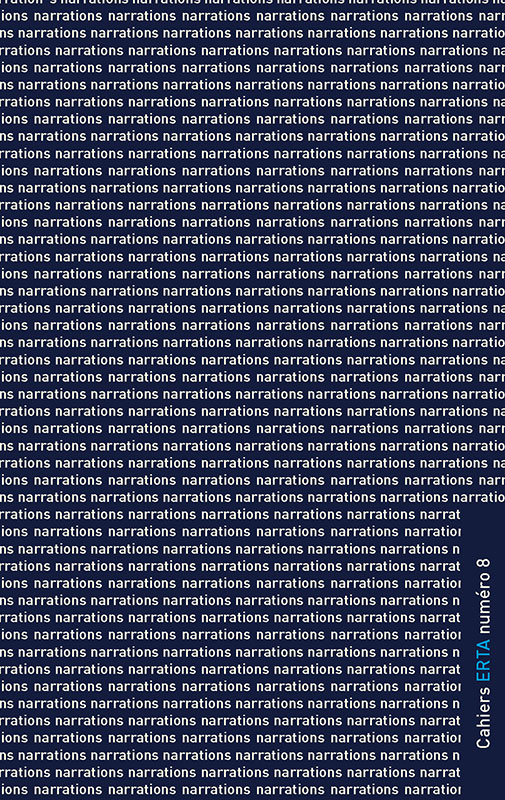Ni texte, ni image : la narration après le cinéma
Keywords:
gaze, medium logic, narrative, sayable, sentence-image, visibleAbstract
This article reviews what remains of the text as narrative logic in the contemporary cultural context where visual media prevail. Considering the relation of French contemporary writers to the gaze, the traditional duality of the text as discursive chain and the image as sensible fragment is compromised. In order to conceive of a new form of text-image relationship, Jacques Rancière has introduced the concept of the sentence-image. In this article, I explore the limits of the sentence-image in order to think through the whys and wherefores of the reconfigurations within the central categories of the visible and the sayable. From this perspective, the dialogue between writing and cinema can no longer be conceived in terms of correspondence or influence. Rather, the synthetic dimension of the literary narrative is determined by its availability to incorporate the narrative devices updated by the art of film.
Downloads
References
Bordwell D., Figures traced in light : on cinematic staging, Los Angeles, University of California Press, 2005.
Casetti F., Eye of the Century : Film, Experience, Modernity, New York, Columbia University Press, 2005.
Lessing G.E., Laocoon, ou Des limites respectives de la poésie et de la peinture, A. Courtin (trad.), Paris, Hachette, 1880.
Mitchell W.J.T., « There Are No Visual Media », [dans :] Journal of Visual Culture, 2005, vol. 4 (2).
Rancière J., Le partage du sensible, Paris, La Fabrique éditions, 2000.
Rancière J., La Fable cinématographique, Paris, Seuil, 2001.
Rancière J., Le destin des images, Paris, La Fabrique éditions, 2003.
Rancière J., Les écarts du cinéma, Paris, La Fabrique éditions, 2011.

 Academic Scientific Journals
Academic Scientific Journals





